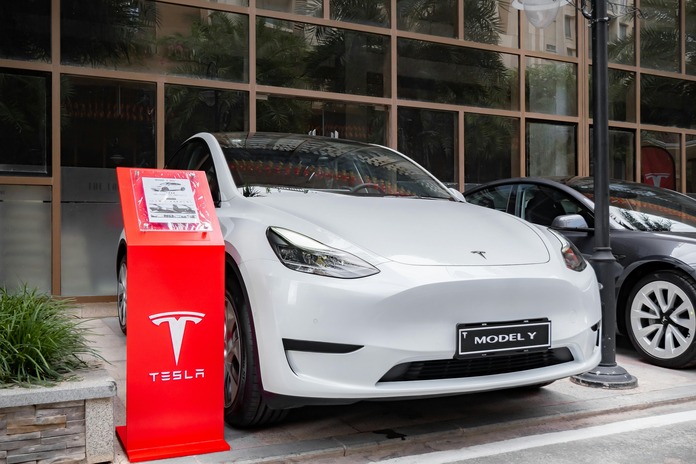Tesla registrations have seen a significant decline in California, one of its key markets. The latest data reveals that Tesla’s California registrations fell by 24% in the first quarter of 2024, highlighting potential challenges for the electric vehicle (EV) giant. This article delves into the factors contributing to this decline and its implications for Tesla (NASDAQ:TSLA).
Decline in Tesla Registrations
Recent data from the California Department of Motor Vehicles shows that Tesla registered 37,467 vehicles in California during Q1 2024, a sharp drop from the 49,276 vehicles registered in the same period last year. This 24% decrease in Tesla registrations is particularly noteworthy given California’s significance as Tesla’s largest market in the United States.
Impact of Increased Competition
One of the primary factors contributing to the decline in Tesla registrations is the increasing competition in the EV market. Major automakers such as Ford (NYSE:F), General Motors (NYSE:GM), and Rivian (NASDAQ:RIVN) have intensified their efforts to capture market share, introducing new models and competitive pricing strategies. This has provided consumers with more choices, potentially affecting Tesla’s dominance in the market.
Pricing and Supply Chain Issues
Another factor influencing Tesla registrations is the company’s pricing strategy. Tesla has implemented several price increases over the past year, which may have deterred some potential buyers. Additionally, global supply chain disruptions have impacted Tesla’s production capacity, leading to longer wait times for new vehicles. These delays and higher costs may have contributed to the reduction in registrations.
Changes in Consumer Preferences
Shifts in consumer preferences also play a role in the decline of Tesla registrations. As the EV market matures, consumers are becoming more discerning, seeking vehicles that offer a balance of performance, features, and affordability. While Tesla remains a popular choice, other brands are catching up by offering competitive alternatives that meet these criteria.
The Role of Incentives
Government incentives and subsidies for EV purchases are another crucial aspect to consider. Changes in state and federal incentives can significantly influence consumer decisions. Any reduction or elimination of these incentives could impact Tesla registrations, as buyers may opt for more affordable EV options from other manufacturers.
Additionally, new incentives introduced in different regions could attract buyers to other brands, further affecting Tesla’s market share. These incentives play a vital role in making EVs more accessible and appealing to consumers, and shifts in policy can create substantial fluctuations in the competitive landscape of the electric vehicle market.
Tesla’s Strategic Response
In response to these challenges, Tesla has been focusing on expanding its product lineup and enhancing its manufacturing capabilities. The company is ramping up production at its new Gigafactories in Texas and Germany, which are expected to alleviate some supply chain constraints and support future growth. Additionally, Tesla is investing in new technologies and innovations to maintain its competitive edge in the market.
Analyst Perspectives
Industry analysts have mixed views on Tesla’s future prospects. Some believe that the decline in registrations is a temporary setback and that Tesla will rebound as it addresses production and supply chain issues. Others are more cautious, highlighting the growing competition and potential market saturation as risks that could impact Tesla’s long-term growth.
Dan Ives, an analyst at Wedbush Securities, noted, “Tesla’s decline in California registrations is a wake-up call for the company. They need to address supply chain bottlenecks and pricing strategies to regain momentum in their key market.”
Conclusion
The 24% decline in Tesla registrations in California during Q1 2024 underscores the challenges facing the EV leader. Increased competition, pricing strategies, supply chain issues, and changes in consumer preferences are all contributing factors. As Tesla works to overcome these obstacles, its ability to adapt and innovate will be crucial in maintaining its position in the evolving EV market.
Featured Image: Pexels © Makara Heng









